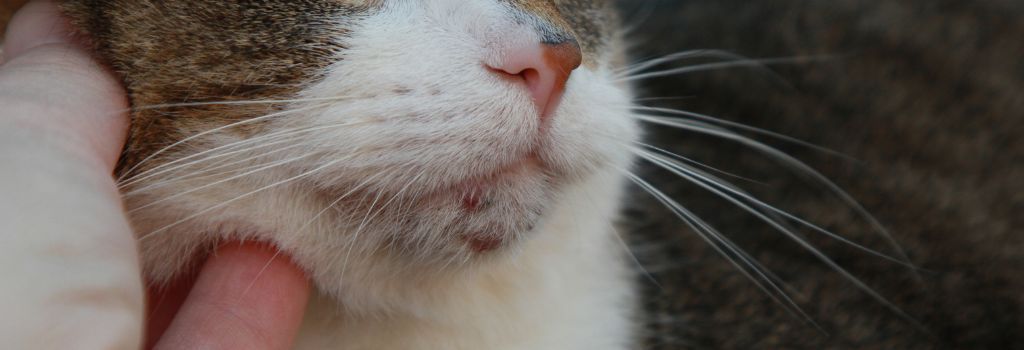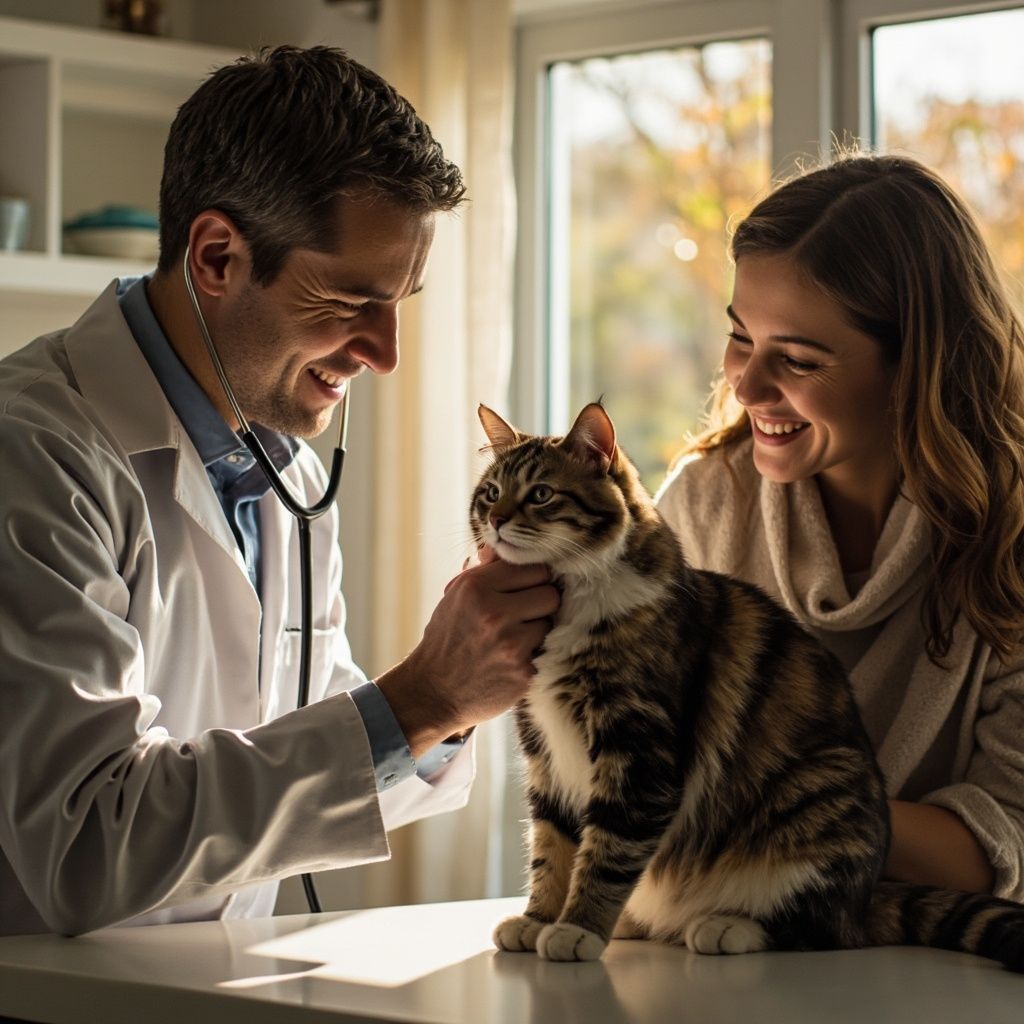Allergic Skin Disease in Pets: Ear Infections
In my last article, we discussed airborne allergies and the skin problems they cause. Today, we will be focusing on the ears.
Ear infections are absolutely no fun for pets or their owners. These infections often leave pets uncomfortable and pet owners worried about their dog or cat and the level of pain they’re in. Understanding how ear infections come about, as well as the immediate symptoms they can cause, can help pet owners be proactive about getting treatment started and avoid any unnecessary pain or further complications. Unfortunately, sometimes, a pet owner’s general understanding of ear infections is flawed and can lead to our furry friends suffering from the symptoms of infection longer than they need to.
In this blog, I’ll be diving into the details of ear infections in dogs and cats and explain why allergies are more often than not the root cause of the problem. Let’s get started.
Understanding Pet Ear Infections
The Anatomy of Our Pets’ Ears
The first hurdle to understanding ear infections in our pets is our tendency to relate them to people's ear infections. In humans, the infection is typically inside of the eardrum in the middle or inner chambers of the ear (basically in the skull). These infections, known as otitis media or otitis interna, are often caused by liquids seeping through a tear in the eardrum (advanced swimmer's ear ) or via the bloodstream. We call these otitis media or otitis interna.
In pets, however, it is far more common to see otitis externa , a skin infection of the ear canal. A dog’s ear canal is super long – it’s about 6-10 times the length of a human's! Not only are they long, but they undergo an almost 90-degree turn as they approach the opening we actually see. This long tube of skin will react to allergens the same way the rest of the skin does: it will become inflamed, itchy, and hot.
How Allergens Create the Conditions for Ear Infections
When certain pollens, molds, or other organic particles increase in the pet's environment, they will interact with the skin of the ear canal; allergic pets will respond by scratching at the ears, rubbing their heads on the floors/furniture, and shaking, sometimes violently. All of this trauma will cause micro-tears in the skin barrier of the ear canal. Like the skin, there is always a layer of bacteria and yeast inside the canal that is kept in check by the healthy skin.
Once these tears occur and the inflammation becomes worse, these pathogens can migrate into the deeper skin of the ear canal and become an established infection. Because of the size and location of the ear canal, dogs can then start scratching or rubbing their cheek areas very hard against the floors to get irritation. This leads to deep skin infections (hot spots) in those areas.

Recognizing Ear Infections In Pets
Symptoms of ear infections in pets can vary based on the severity of the infection, as well as how much your pet is affected by one. Some common signs your pet may be suffering from an ear infection brought on by allergens include:
- Scratching of the ear or area around the ear
- Brown, yellow, or bloody discharge
- Odor in the ear
- Redness or scabs on inside of the outer ear
- Hair loss around the ear
- Rubbing of the ear and surrounding area on the floor or furniture
- Head shaking or head tilt
- Loss of balance
- Unusual eye movements
- Walking in circles
- Hearing loss
Treating and Soothing Ear Infections in Cats and Dogs
As with skin infections, the first step is to address the underlying allergy. The new oral medication and long-acting monoclonal antibody injection are both viable and highly effective options.
The next step for veterinarians is to determine the pathogens causing the infection. We will take swabs from the ear canal and examine them under the microscope. This allows us to determine the types of bacteria and/or yeast growing in the tissue, as well as the ratios of these pathogens to each other. The reasons this is important are twofold: 1) It allows us to pick the appropriate treatment plan, and 2) We are now living in the age of antibiotic-resistant superbugs. If a pet fails to respond to the treatment, a recheck of the samples will tell us if we may be dealing with a superbug and direct us to perform a culture.
The treatment of ear infections has significantly advanced in recent years. In the past, we relied on home treatments, often involving daily cleaning and medication application, which could be a challenging task — and could even be wholly ineffective due to non-compliant owners or mistakes in treatment administration. However, for the last five years, we have had long-acting treatments available. These allow us to do a thorough cleaning at the office and apply special gels that will treat the allergic reactions and infection for 14-30 days, all while the owners do nothing at all at home. While some cases may still require at-home cleaning and treatment, those cases have become very rare. This progress in treatment options should give you confidence in working with your veterinarian and managing your pet's ear health.
After treatment has commenced, we will typically recheck the ears 1-2 weeks after treatment to ensure there are no resistant bacteria present and assess healing. This thorough recheck is crucial in preventing one of these superbugs from taking over the ear canal and migrating into the inner chambers. By catching any potential issues early, we can avoid a disaster, sometimes necessitating surgical removal of the ear canal and drilling into the skull.

Prevention Is Key
Just as with skin infections, the key to managing ear infections is prevention. If your dog is treated early or consistently for its underlying allergies before the ear shaking and scratching occurs, the chance of developing an ear infection drops dramatically. It's important to be proactive and talk to your veterinarian about these new, safe options.
Check out Part Three of this series, where I will discuss Food Allergies.
If you have questions and you'd like to reach out to us, you can call us directly at (859) 625-5678 , or you can email us at aacrichmond@yahoo.com. Don't forget to follow us on social media Facebook , Instagram.
Recent Posts










